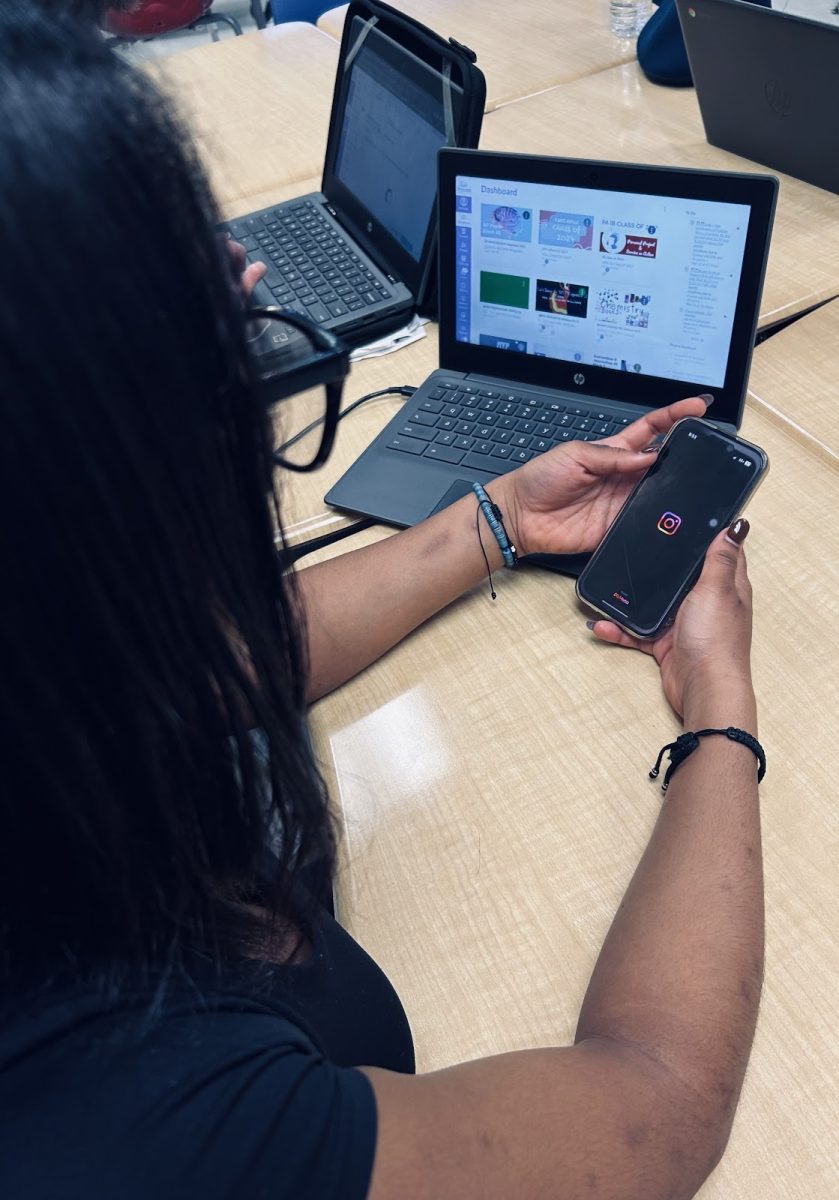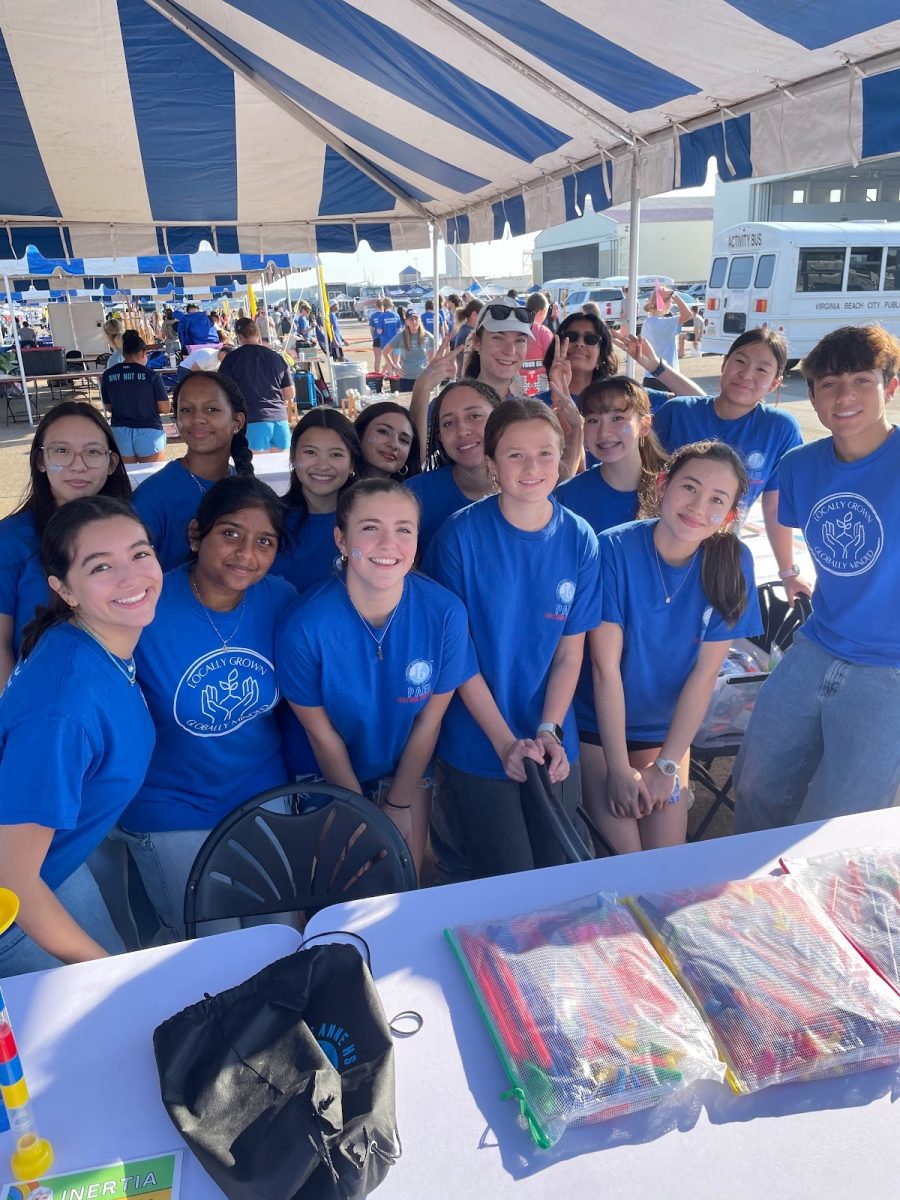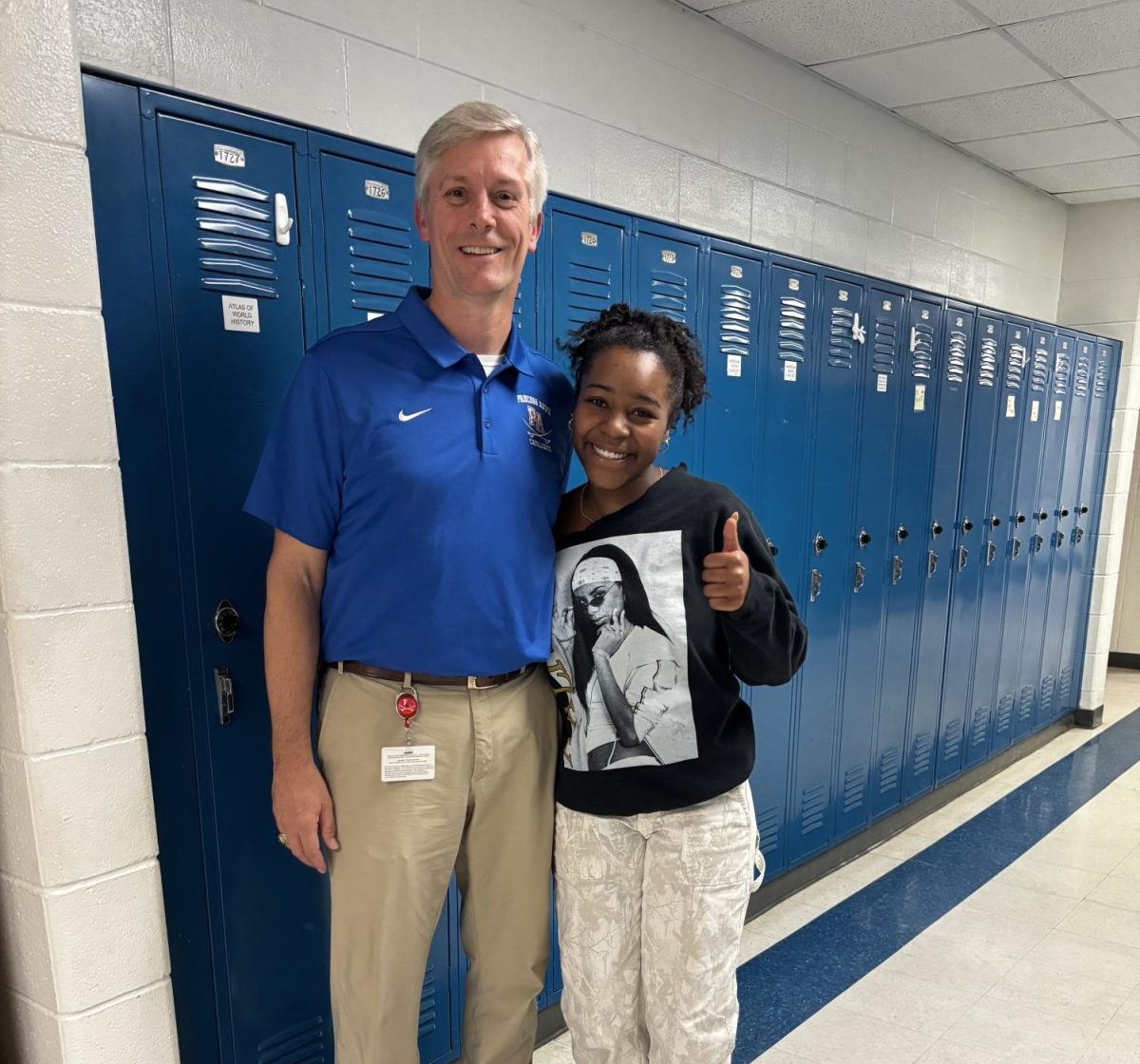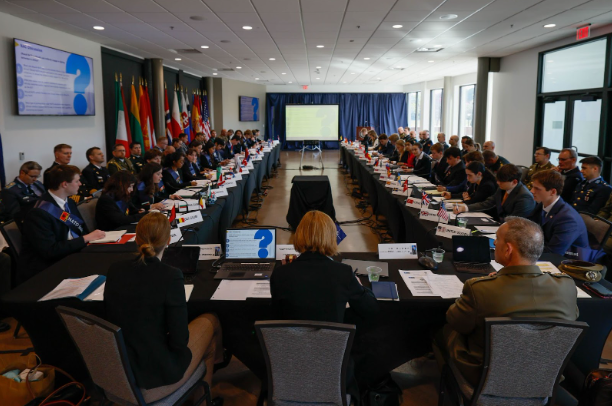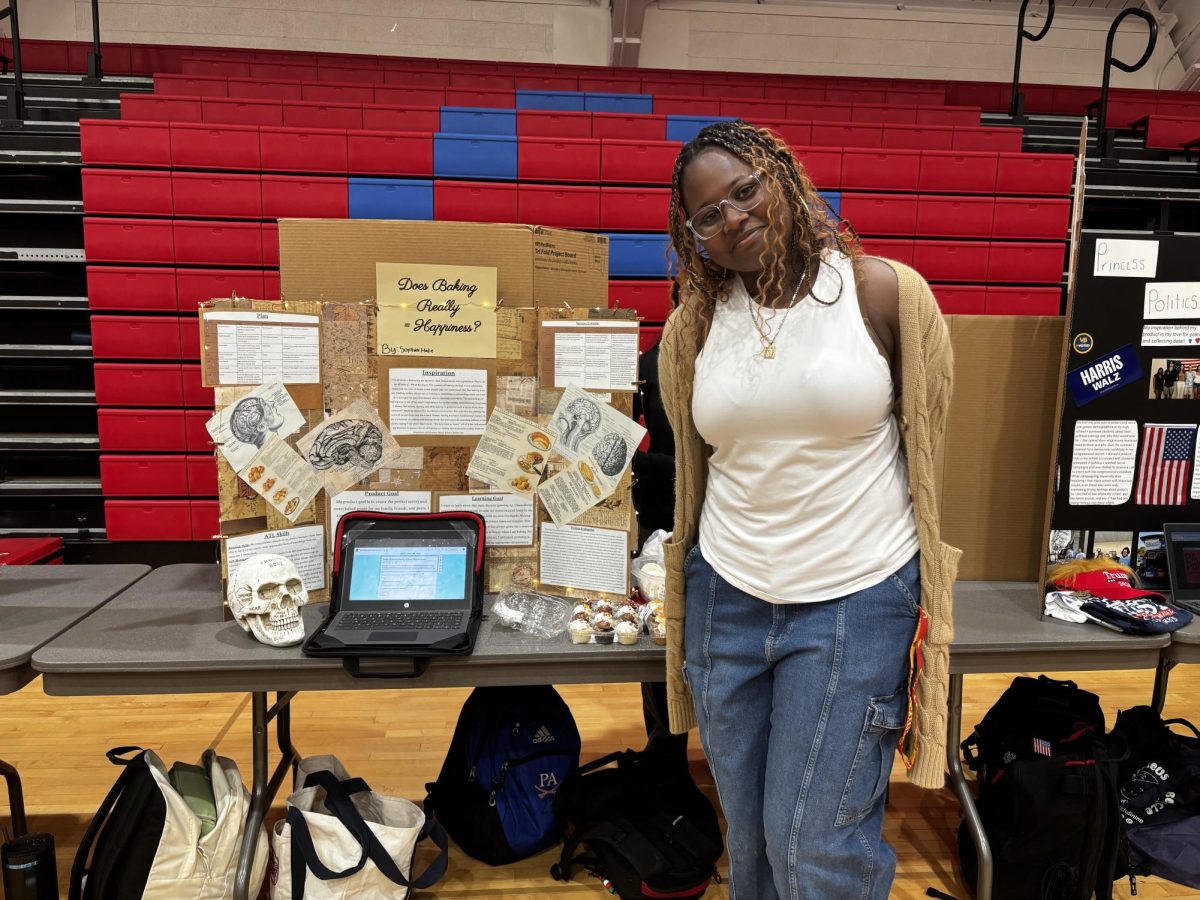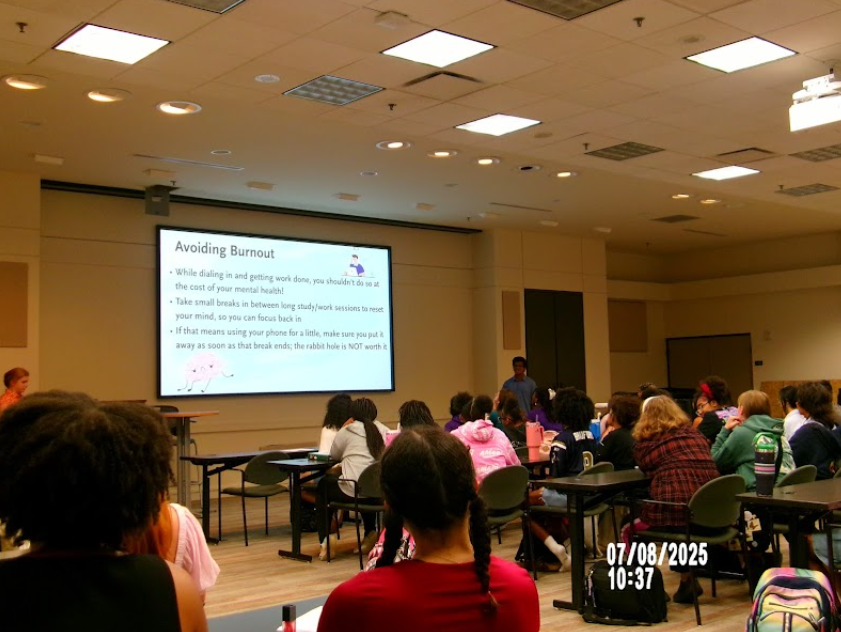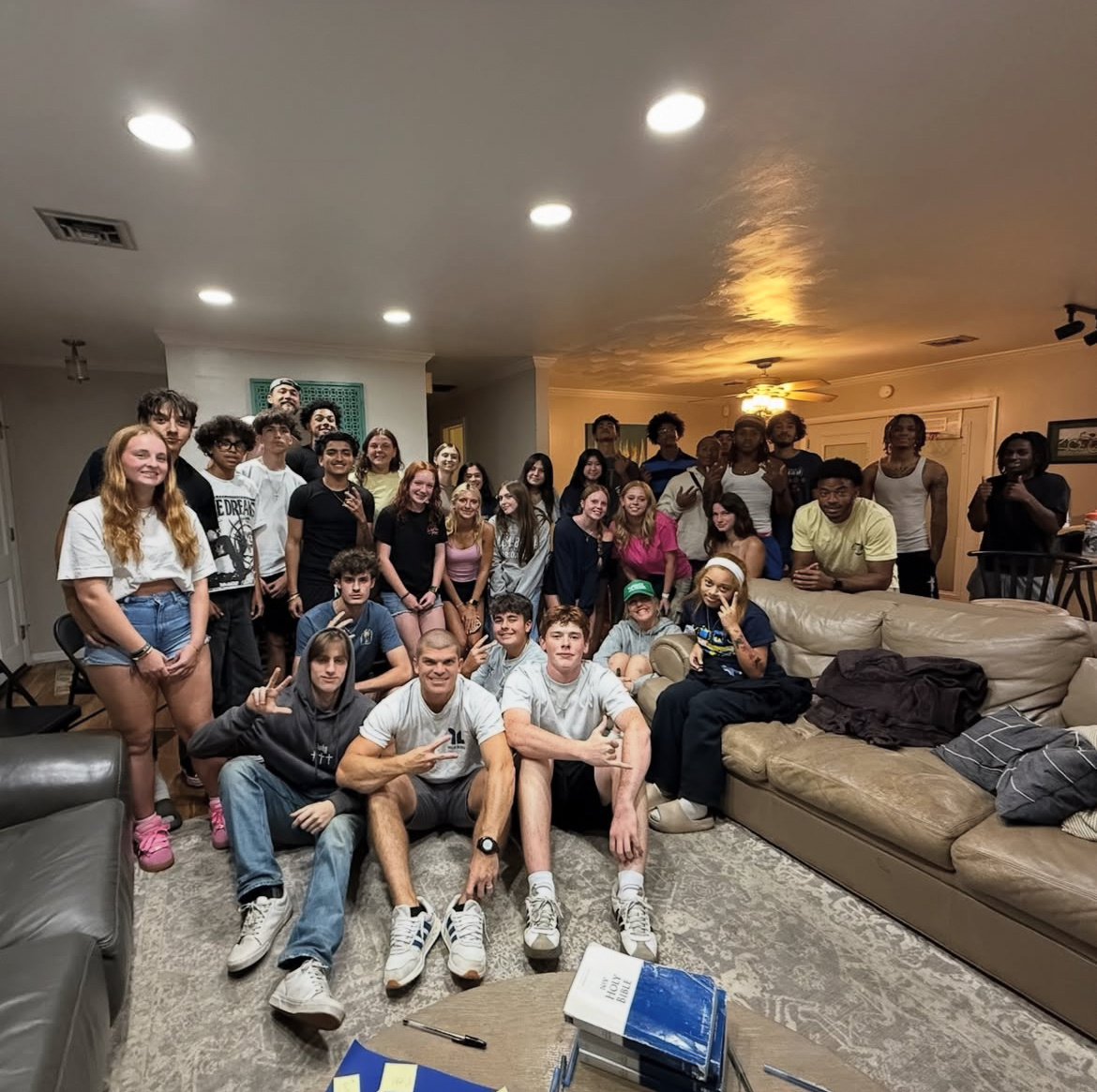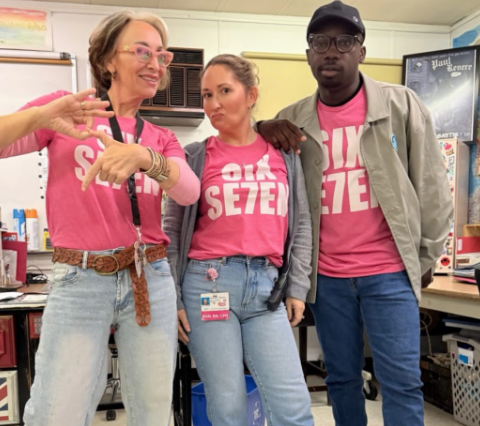It’s been no secret for years now that teenagers have an unhealthy relationship with social media and technology as a whole. According to a Gallup Poll, the average teenager reports spending at least 4.8 hours on social media daily. This is despite being recommended by some sources to have no more than two hours of recreational screen time a day. There are some even more extreme cases, like PAHS senior Kobe Sutton, who says he spends 17 hours a day on his phone. While scrolling has become an “ideal” way for some teens to unwind, it’s also time-consuming for students and can affect them in ways beyond entertainment.
The Public Policy Institute of California, an institute that is focused on improving public policy through research, has recently reported a spike in teen-reported psychological distress, starting in 2015. One of the main causes, they explain, can be social media and the pressure one feels to look perfect online.
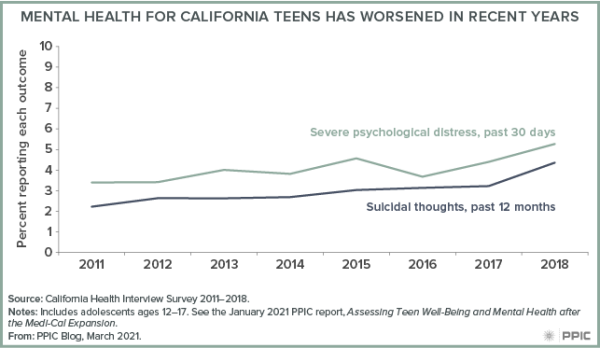
Amanda Augustine, a Psychology teacher of 11 years, stated that social media is “both helpful and harmful” to students. Augustine elaborated that there are some positive effects of social media, such as providing community for “ostracized and lonely” teenagers. But, this can come with “ bullying, warped sense of reality, reduced attention span, increased anxiety, increased anxiety, distraction, and lack of motivation,” according to Augustine.
Augustine’s findings are supported by findings from recent psychological studies. From ages 10-19, children are going through a very sensitive and difficult developmental stage mentally (and even physically, experiencing puberty) whose negative side effects can be worsened by social media.
A study published in 2019 and cited by Surgeon General Vivek Murthy stated that teens who use more than three hours a day of social media can face double the risk of mental health issues. Along with Murthy’s research, many other psychologists have discovered connections between viewing media and worsened self-esteem and body image.
In part, these issues stem from the fact that teenagers have what’s called an “imaginary audience”, the psychological term for the belief that you are under constant judgement and scrutiny. From this alone, adolescents believe they have to fit into societal norms and trends because of their need to belong. According to the American Psychological Administration, the desire to belong is a “fundamental part of human nature”.
Leon Festinger’s social comparison theory helps further explain the science behind social media’s dangers for mental health amongst younger crowds. In 1954 Festinger, an American cognitive psychologist, developed the social comparison theory. Festinger’s theory states that individuals evaluate their own abilities, attitudes, and characteristics by comparing themselves to others. The internet provides the perfect platform for upward comparison, causing a sense of inferiority. When teens see celebrities or peers online doing better than they perceive themselves to be (whether that be at their sport, in their financial statuses, or even in their looks), they can grow jealous and experience self-hate or a lack of confidence.
PA’s school psychologist Gail Herrick said, “When a teen sees everyone else’s projected perfect life, they can begin to have self-doubts and negative feelings. These feelings can lead to heightened levels of anxiety and depression.” Herrick also mentioned the importance of maturity and a grasp of social-emotional skills before joining any social media platforms. She said “negative feelings” can lead to symptoms such as depression and low self-esteem, not to mention threats such as cyberbullying, discrimination, hate speech, and even predators.
While both psychological experts mentioned many negative effects of social media, in tandem with other research, Augustine reinforces that social media isn’t completely full of negativity. “It’s not fair to conclude definitively that social media either is or is not healthy for the teen mind,” she said. She mentions that while social media can cause negative comparison, it can also provide benefits like inspiration, as in some online content, teens find encouragement rather than negative comparison. For example, when they see a video of a peer who is successful in their sport, the viewer may be encouraged to work harder and be just as successful if not more.
Herrick stated that social media can be “age appropriate and healthy,” especially when used for reasons such as: talking to friends, exploring personal interests, or playing games. Herrick’s biggest tip to social media users is to “use a limited amount of time daily for social media, shut off the screen prior to bedtime … and learn to fact-check, there is a great deal of misinformation and disinformation online.”
Both Augustine and Herrick gave advice such as using social platforms in moderation and reflected on the impact social media is having on yourself and even others. They said to make time for other things in life including: extracurriculars, school work, and even community work.
Overall, studies have shown both positive and negative effects of social media. In this stage of life, teens are prone to the many negative consequences of online social networks. However, by monitoring your online activity, time, and its impact on you and others, you can be sure to avoid unsatisfactory consequences and successfully balance your mental health and social life.



